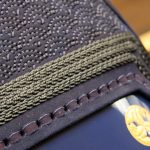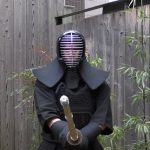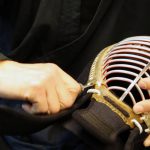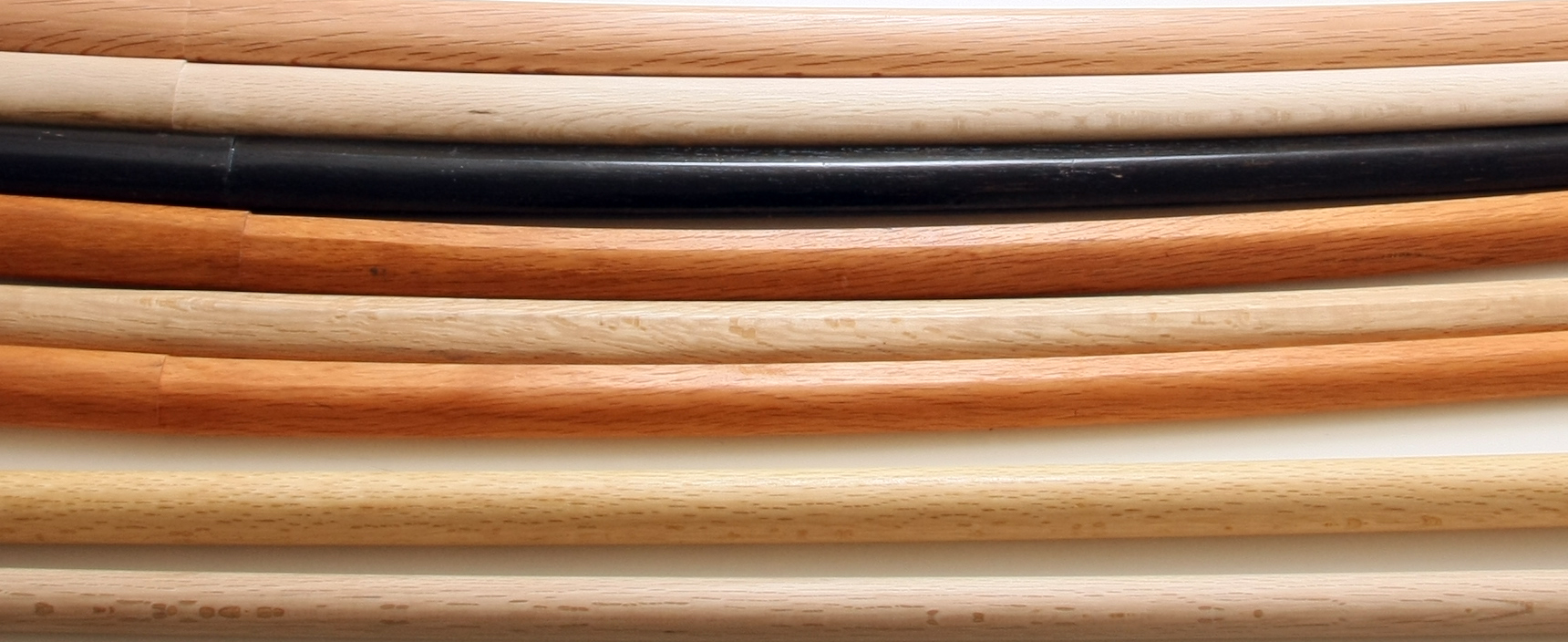
An introduction to taking care of your wooden weapons
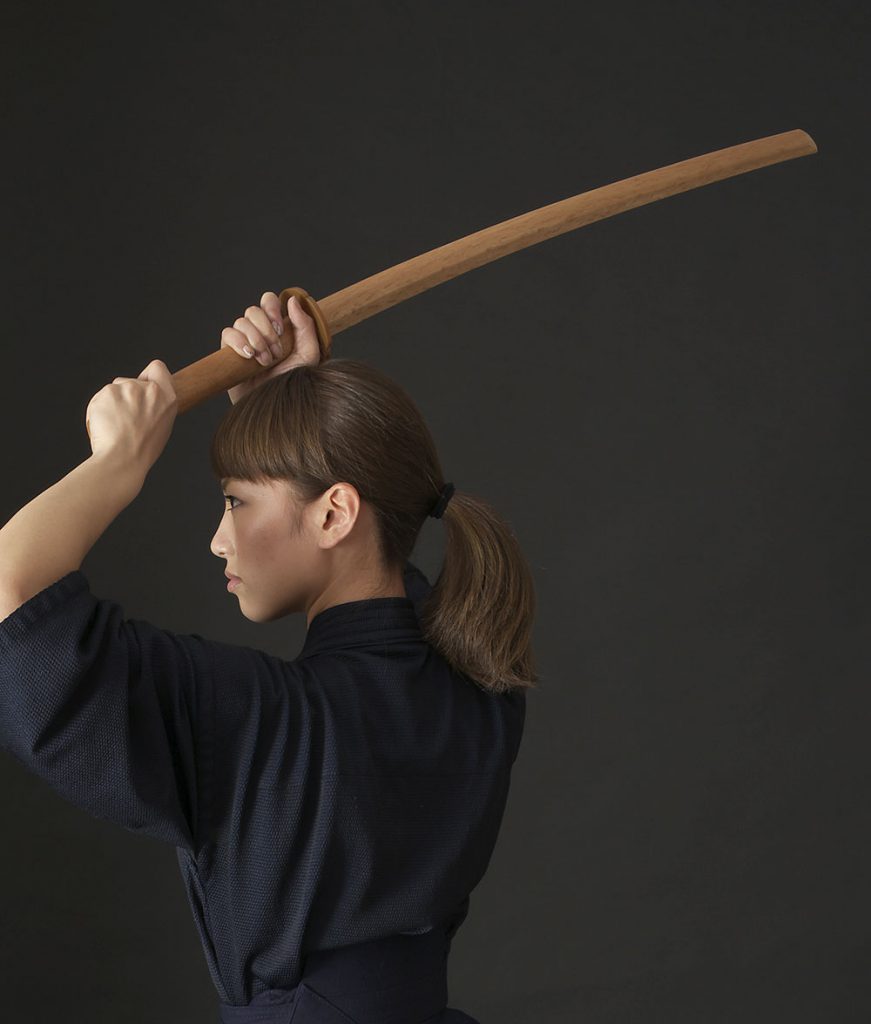
An introduction to taking care of your wooden weapons
A large part of being a modern Budoka is the ability to take care of your own equipment. This is especially true for wooden weapons. Proper upkeep is vital and can help preserve these items for years or even decades. In this article we will give you some recommendations about the finishes and their specific purpose that help to enhance performance and protect your weapons from the elements.
But first – why do you want to apply a finish to your weapon?
The main reason that a finish is applied to weapons is to keep it performing for many years. It is of course possible to leave it as it is but, depending on where you live it might not survive for very long.
For example, if you live in a climate where it changes between being humid in summer and dry in winter (like Japan), or if you use your weapons for hard training, where sweat or oils may soak into the wood, the fibers inside the wood swell up from the added moisture and then contract as they dry, which might cause deformations in the wood to form. Over time this might lead to the wood starting to rot.
Another reason is to be able to clean your weapons. It might not be high on anybody’s to-do list but, after a lot of hard practice the wood might start to stain or even smell if left as is. If you put a protective finish on it, then it should be an easy process of keeping your weapon clean, simply by running a damp cloth over it.
So, what options are there and what are the advantages and disadvantages?
Drying oil
If you search the internet, the most common method described is to apply what is called a drying oil finish. These are oils that penetrate the wood and then dry inside the fibers, filling them so that water can no longer penetrate the wood easily.
The most used oils are linseed oil, tung oil, or walnut oil.
This is often considered the method that gives wood its most attractive finish. This is because it leaves the wood almost as it is, giving a great feel in your hands. This is especially good for Jo and other weapons that are run through the hands.
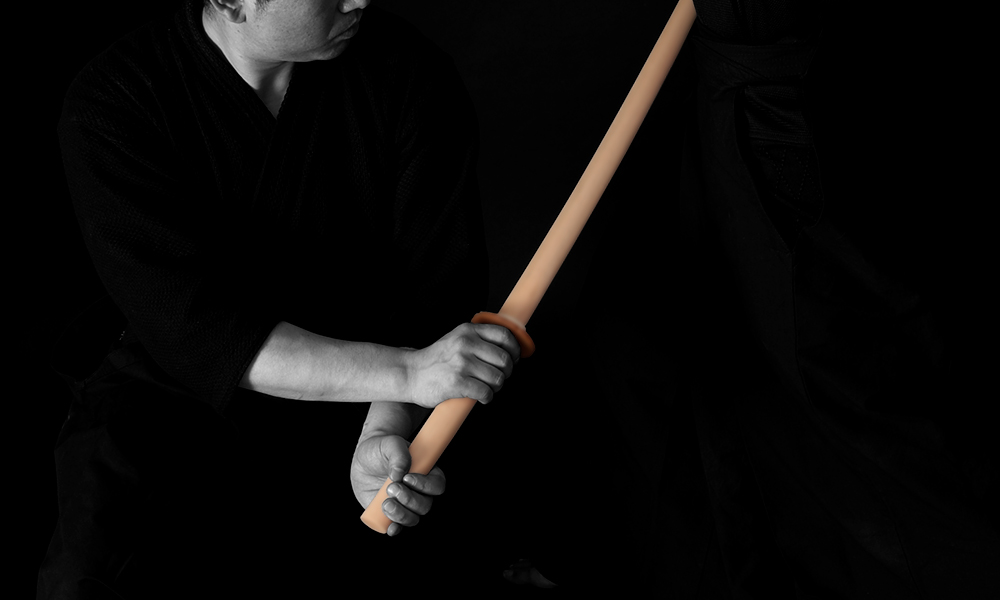
The drawback to this method is:
- The oils can take a long time to cure – up to several weeks.
- The oils tend to make the color of the wood slightly yellow, which some may find unpleasing.
- The oils are highly flammable, so caution needs to be taken when disposing of material used during the application.
Varnish
Another way is what has been used by most manufactures up until recently and that is to varnish the wood. This is a very low maintenance method as a good varnish can keep the wood well protected for years.
Varnish is especially good for bokken as it adds a little bit of stickiness to the surface.
The disadvantages are:
- Some varnishes can be bad for your health and the environment due to the thinners that are added to get the varnish to bind to the wood.
- The varnish also adds a layer on top of the wood that can feel almost like a plastic film. This is very good for protecting the wood but takes away the natural texture of it.
Non-drying oil
These oils can be split into two categories, vegetable oil and mineral oil, both are very cheap and easy to apply.
The main issue with vegetable oil is that it may become food for unwanted bacteria and mildew and go rancid.
Mineral oil is not a natural product and so will not go rancid.
The issue with this is that the oil does not cure, meaning that wood will stay slightly slippery after application. This can be good for Jo but can be rather dangerous for bokken.
Also, as the oil will evaporate over time, it will have to be applied on a semi-regular basis.
*Make sure you get a food grade mineral oil like cutting board oil if you choose this method.
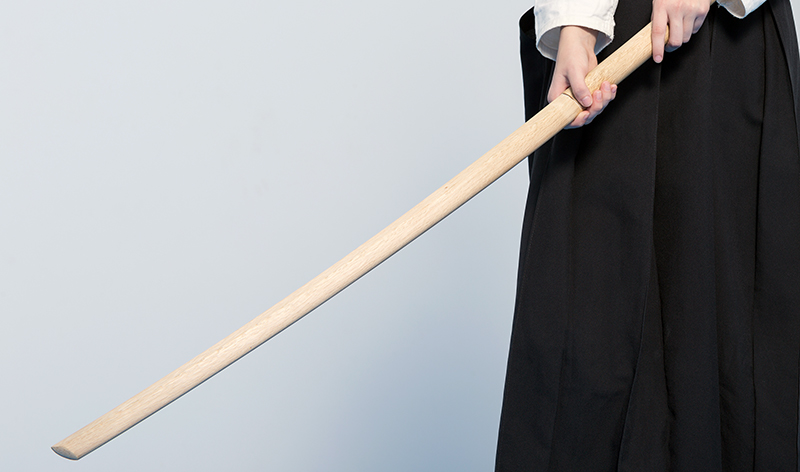
Wax
The last method we will describe for protecting your weapons is to apply a wax. This is by far the easiest method for keeping your wooden weapons safe. There are many different waxes to choose from. Two of the most common are beeswax and paraffin (candle wax).
The great thing about wax is that it is easy to apply and fairly inexpensive. An issue is that it generally does not penetrate the wood fibers, meaning the protection only lasts as long as the film is still intact. It will, therefore, need to be applied on a fairly regular basis.
Wax also makes the surface of the weapon rather sticky, so it is very good for bokken and weapons you do not want to slip out of your hand but, might not be the best option for staff weapons.
Another thing to be aware of is that beeswax often has additives to make the application easier. These thinners are often not good for your skin. This is something to keep in mind if beeswax is selected.
This has been an introduction to some of the many methods you can use to protect your weapons. In following articles, we will introduce two easy methods that we have found to take care of your weapons. That being Paraffin wax for bokken and mineral oil for Jo.
Thank you for reading and stay tuned for more in the coming weeks. Happy training!





